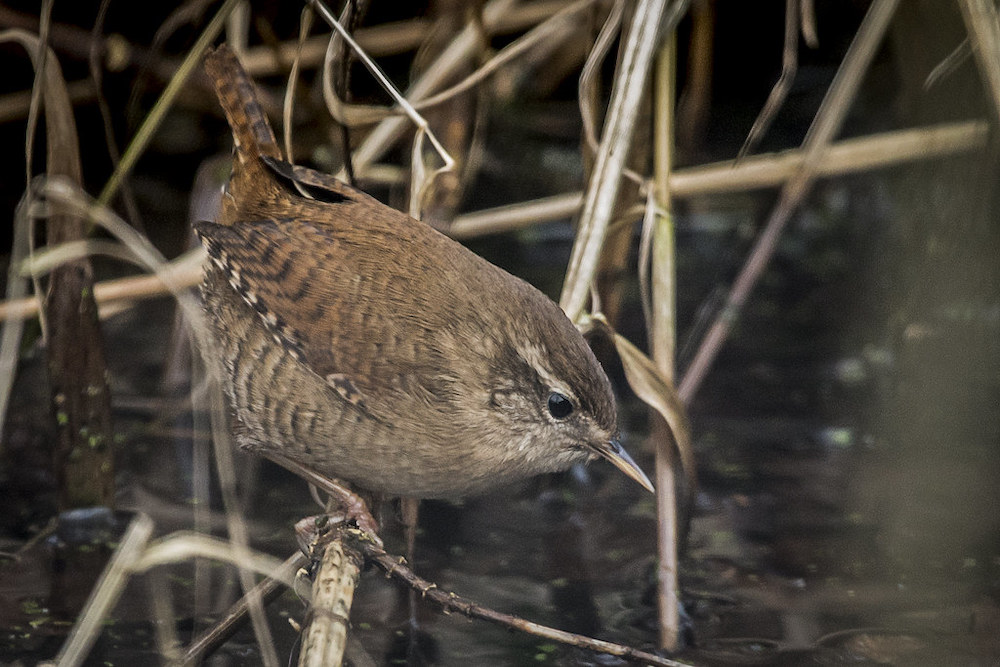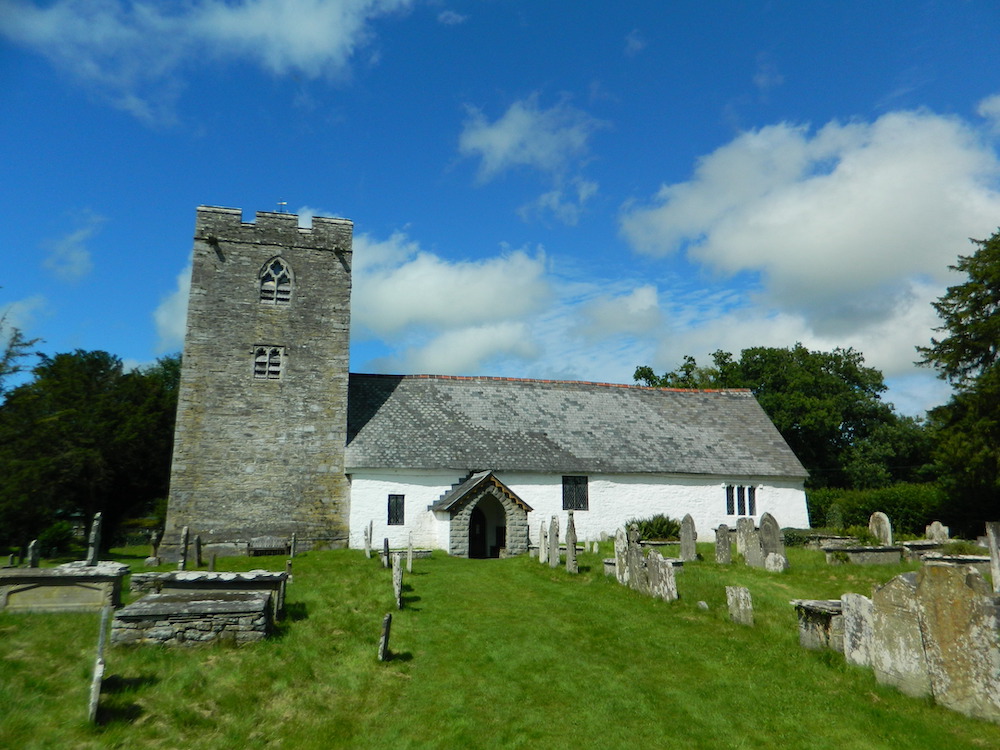The unusual New Year’s traditions that are unique to Wales

Claire Miles
New Year’s Eve is one of those important days of the year where EVERY country has a tradition or two to mark the change in the calendar – and Wales is no exception.
For people today, New Year’s Eve is the one day where we mark the incoming year with our nearest and dearest. However, historically the New Year’s celebrations would have formed part of the larger seasonal celebration we now call ‘The Twelve Days of Christmas’. The twelve days started on Christmas Day itself, and ended on the 5th of January – or Twelfth Night.
Wales’ unusual New Year’s traditions are rooted in our long history. Some of our surviving traditions are even thought to have Celtic origins – which of these traditions do you know about?
Calennig
One of the most well-known New Year’s traditions in Wales is that of Calennig, which derives from the Latin word Kalends, meaning the first day of every month.
The festive Welsh version of trick and treating, the practice saw children go from door to door on New Year’s Day.
In return for their singing, they were given sweets and money – called calennig.
Sometimes they also carried an apple, decorated with hazelnuts and pierced with three sticks, which represented good luck. But be warned – in some parts of Wales the calennig had to be collected by midday prompt!

Hunting The Wren
A Welsh tradition thought to be rooted in ancient history, this practice probably took place from the Winter Solstice up until Twelfth Night.
A party of men who would go out and catch a wren – the smallest of all the birds. Sometimes the bird would be killed but sometimes it would be put alive in a little cage (or bier) and carried through the neighbourhood by a group of young men.
The men would be dressed in costumes and playing instruments, going from house to house seeking food and drink in the wassailing tradition. All those who saw the wren were supposed to receive good luck in the coming year.

The Mari Lwyd
A tradition often mistakenly thought to originate in pre-Christian Wales, the practice of the Mari Lwyd (meaning Grey Mare) has seen a revival in recent years – and can now be found all throughout the world.
A horse’s head on a pole, covered in a cloth and adorned with ribbons, is carried around the area by a group of men. The same horse’s head was used annually – buried in lime to preserve it for the year, and dug up each December when needed.
When the group arrives at a house, they engage in pwnco – a rhyming contest or battle of wits – to gain entry and some hospitality. It would have been rare for the Mari to lose the battle, as the Mari entering the building was thought to bring good luck.
Many people think the practice of the Mari Lwyd has its origins in pre-Christian Wales, but this is unlikely.
People make links between Mari and the Celtic goddess Rhiannon, who features in the first branch of the Mabinogian and has a strong association with horses. However, the first written record of the Mari Llwyd can be found in a North Wales travel book that only dates from 1800.
It is far more likely that Mari is a derivation of the hobby horse tradition as it has striking similarities to other customs in Britain that can be found in activities like Morris dancing and mummers’ plays.
First Footing
The practice of first footing, which can be found in several of the Celtic nations, places importance on the first person to step through your door in the New Year. The type of person who steps through your door is an indicator of the luck that will befall you in the year ahead.
According to Welsh tradition, if you wanted a prosperous year ideally a dark-haired man should be the first to set foot through your door (with women being deemed unlucky). A red-haired man or woman was also generally considered unlikely. However, like many other Welsh historical traditions, there were regional variations in activity.
Welsh folklorist J. Ceredig Davies recalled how in Newport, Pembrokeshire, the man needed to bear one of four lucky names – Dafydd, Ifan, Sion or Siencyn. If a woman crossed the threshold first, they needed to be called Sian, Sioned, Mair or Marged.

The Cream of The Well
Hoping for a prosperous 2023? Then set your alarm clock for early on New Year’s Day.
Welsh folklorist Marie Trevelyan tells us ‘Those who desire to get those wishes realised during the year should be the first to go to the well for a pitcher of water immediately after sunrise on New Year’s Day’.
In some places in Wales, the water was then taken and sprinkled in the house for luck. In other places, the water was stored in a box bedecked with holly and mistletoe.
In Mid Wales, the first woman who dressed the well of St Cewydd, Disserth with mistletoe after New Year’s Eve could then draw the first pitcher – or ‘cream of the well’ – which would possess properties equivalent to a modern day beauty cream.
There are many, many other historic traditions associated with celebrating the New Year in Wales – however, not all of them were positive.
‘A sudden noise heard in a house on New Year’s Night’ or ‘if the log on the New Year’s fire does not burn brightly… but smoulder’ foretold a death.
Likewise, ‘the dreams of New Year’s Night are generally fatal, or come true’. Luckily, the traditions we mark the passing of the old year with today are generally more positive.
The revival of certain New Year’s traditions, especially the Mari Lwyd, is a positive indicator of revived interest in, and support for, Welsh history and culture. However, at the same time there are some traditions that many people will be happy are consigned to the history books. Who wants to ring in a new year with a dead bird in a box?!
Follow Claire on Twitter and read her history blog HERE
Support our Nation today
For the price of a cup of coffee a month you can help us create an independent, not-for-profit, national news service for the people of Wales, by the people of Wales.






The Mari Llwyd doesn’t originate in Wales! It originates with the Britons, but the origins are an oral tradition that remembers Troi…when the Britons inhabited That area of Turkey when they were known by many as The Cimmerians
Stop spreading fake history just because you think there’s an establishment conspiracy against the Welsh. You’d be better off reading history by real Welsh historians rather than fantasy by the historical fiction writer Alan Wilson. That rubbish is damaging to the real study of Welsh history.
It isn’t “Fake” it’s etymology of Cymru and their Migration to Britain is well established by not only the Britons prior to English control of Britain but also By the Romans who suggested they had moved over from Iberia far later than they original thought, and the Ancient Greeks even mention that the Cimmerians, Cimbri and Cymru being all the same people. I know, as “Welsh” – We are only allowed the History that comes during and after the Industrial Revolution. Anything before is always past off as “Fake”. Put it this way, there is more evidence for British origins… Read more »